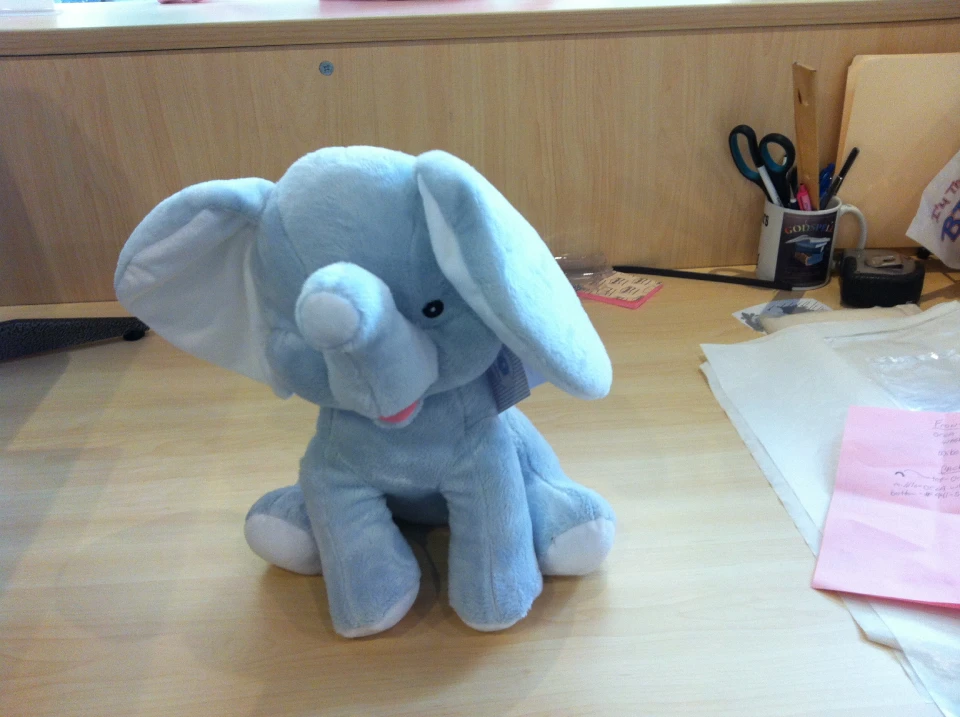The Art of Customized Needlework: Opening the Keys to Creating Distinct and Remarkable Designs
Embroidery, a craft steeped in practice and creativity, holds within its complex stitches the power to change material into a canvas of one-of-a-kind expression. The keys to creating custom needlework styles that astound the eye and leave a lasting impression hinge on a fragile equilibrium of method, creative thinking, and interest to information. As we dig into the globe of customized embroidery, we reveal the nuanced interplay in between thread selection, stitch complexity, and layout personalization that raises a mere garment to a masterpiece. Join us on a journey through the art of customized embroidery as we decipher the secrets behind crafting genuinely extraordinary and distinctive creations.
Picking the Right Embroidery Threads
When choosing embroidery threads, what key elements should you think about to ensure the ideal results for your custom designs? The selection of embroidery thread is crucial in identifying the final outcome of your embroidered style. One of the primary considerations is the product of the thread. Various products such as cotton, polyester, rayon, and silk provide varying degrees of sheen, resilience, and appearance. It is important to pick a thread product that complements the textile you are embroidering on and lines up with the preferred look of the layout.
Moreover, the weight or density of the thread plays a considerable function in the look of the needlework. Thicker threads can add dimension and texture to your layout, while finer strings are ideal for intricate details and tiny message. Furthermore, considering the color fastness and washability of the string is essential to make certain that your customized styles keep their quality and vibrancy with time. By thoroughly evaluating these elements and choosing top notch strings that fulfill your specific demands, you can enhance the visual charm and longevity of your embroidered developments.
Exploring Different Stitch Techniques
To look into the world of 'Checking out Different Stitch Methods', one need to realize the complexities and nuances that each stitching method gives the art of embroidery. Different stitch methods not only add aesthetic rate of interest yet likewise add to the total structure and dimension of the design. One preferred stitch method is the satin stitch, which entails closely jam-packed parallel stitches to produce a smooth and glossy surface, ideal for filling in shapes and developing strong lays out.
On the other hand, the backstitch is a versatile method typically made use of for describing and including fine information. It entails stitching backwards to develop a strong line of needlework. In addition, the French knot stitch includes a tactile aspect to styles, excellent for creating distinctive accents like blossom centers or decorative touches.
Exploring different stitch techniques enables embroiderers to play with light, shadow, and deepness within their designs, raising the visual allure and artistic quality of their embroidery tasks. By understanding numerous stitching techniques, one can open endless opportunities for creating one-of-a-kind and memorable personalized embroidery pieces.
Incorporating Personalized Design Aspects
Having checked out the details of various stitch methods such as the satin stitch, backstitch, and French knot, the focus currently moves towards integrating personalized layout components in custom-made embroidery tasks. Customized layout components play a crucial role in making needlework tasks absolutely special and remarkable. One way to include personalization is by including initials, names, or considerable days to the design. This not only includes a customized touch however also improves the sentimental worth of the embroidery piece.
An additional read here means to include customized style components is by including signs or concepts that hold unique significance to the recipient or mirror their interests and character. Incorporating a favorite flower, pet, or hobby-related icon can make the embroidery style extra meaningful and customized. In addition, selecting shades that reverberate with the recipient or line up with the intended motif can better boost the personalization of the needlework project.
Understanding the Art of Shade Coordination

One key aspect of shade coordination is recognizing shade concept. This consists of knowing exactly how different colors interact with each various other, the feelings they share, and how they can be integrated to develop aesthetically enticing styles. By using color theory principles, embroiderers can create unified color palettes that boost the total appearance of the design.
Additionally, focusing on contrast is essential in color sychronisation. Making use of contrasting colors can aid certain aspects of the design pop, see boost readability, and create an aesthetically dynamic embroidery piece. By mastering the art of color coordination, embroiderers can elevate their designs and develop uniform alterations near me memorable pieces that reverberate with clients and customers alike.
Enhancing Structure With Advanced Embroidery Stitches
French knots, for instance, are ideal for adding small, raised dots to your layout, simulating the look of beads or creating a distinctive surface area. Bullion knots, on the other hand, can be utilized to produce twisted, ropelike elements that include an elegant feeling to the embroidery. Seed sewing entails tiny, scattered stitches that can fill in locations with a multicolor structure, while turkey work produces fluffy, dimensional accents similar to pet hair or foliage. Exploring with these advanced embroidery stitches enables you to push the borders of standard embroidery and develop really distinct and visually appealing appearances in your layouts.
Final Thought
In final thought, the art of custom-made needlework involves a mix of selecting the ideal strings, discovering numerous stitch techniques, including personalized layout elements, grasping color control, and enhancing structure with advanced stitches. By comprehending and implementing these crucial aspects, embroiderers can create special and memorable designs that display their creativity and ability. Embroidery fanatics can open the secrets to developing gorgeous and custom items that stand apart and leave an enduring impression.